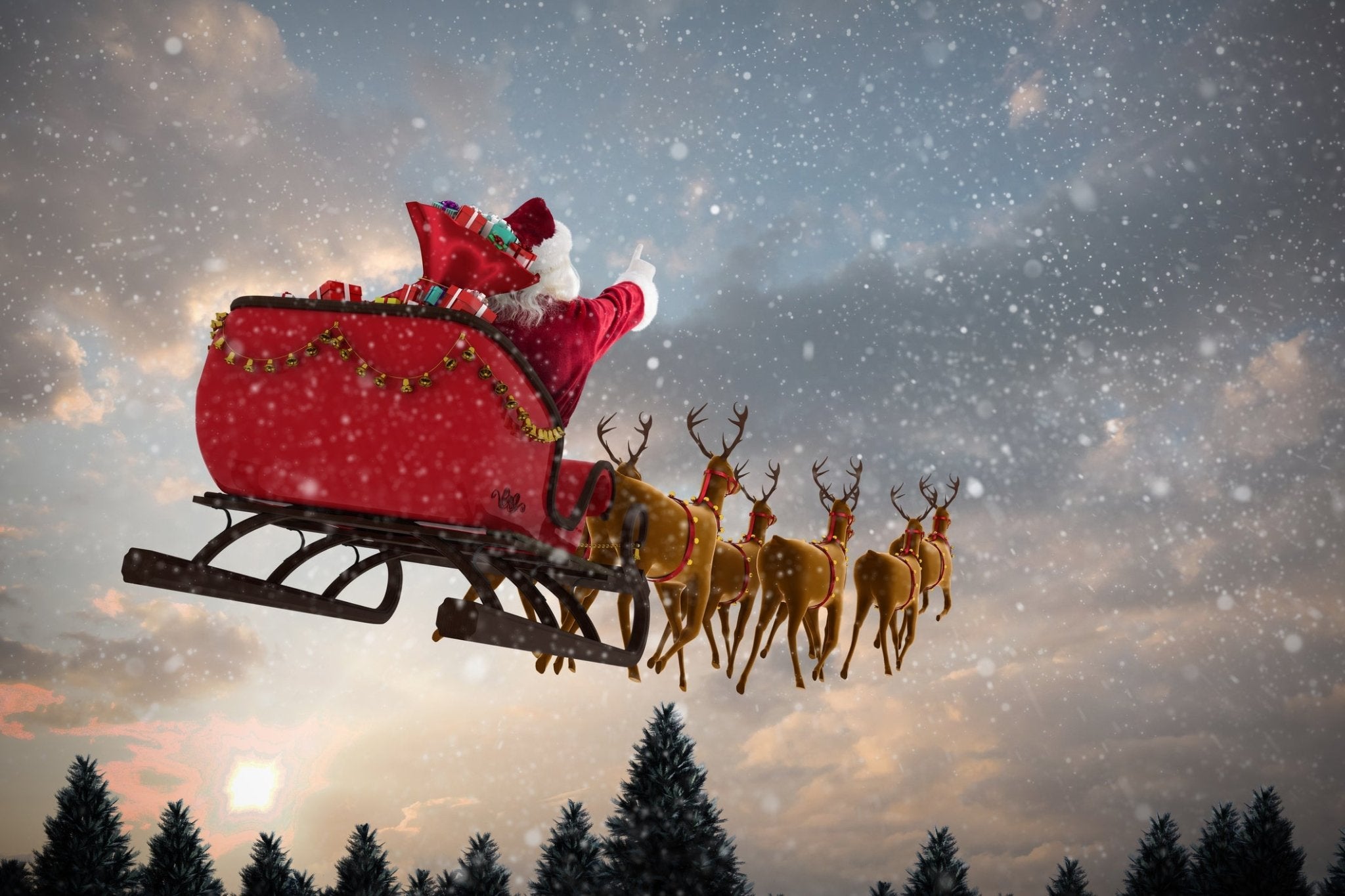Article: Unwrapping the Origins of Christmas: A Historical Journey"

Unwrapping the Origins of Christmas: A Historical Journey"
Unwrapping the Origins of Christmas: A Historical Journey"
As the festive season approaches, streets light up, and the air fills with the scent of holiday treats, it's the perfect time to unwrap the history of Christmas and explore how this widely celebrated holiday came to be.
Ancient Festivals and Pagan Traditions
Long before Christmas became a cornerstone of Christian tradition, ancient civilizations celebrated the winter solstice, marking the shortest day of the year. The Romans, for instance, observed Saturnalia, a week-long festival in mid-December honoring Saturn, the god of agriculture. This celebration was marked by a carnival-like atmosphere, where social norms were relaxed, and the usual Roman rigor turned into widespread merriment.
In Northern Europe, the Vikings and other Germanic peoples celebrated Yule, recognizing the rebirth of the sun. Festivities included burning a massive log and feasting until the log completely burned out, which could take as many as 12 days.
The Christian Adoption of December 25
The exact origins of why Christmas is celebrated on December 25th or 24th remain shrouded in mystery. One popular theory suggests that as Christianity spread across Europe, early church leaders aimed to Christianize popular pagan festivals. They designated December 25th/24th as the official date to celebrate the birth of Jesus Christ, coinciding with Roman and pagan traditions.
Another theory revolves around the Christian belief that Jesus was conceived on March 25th, aligning with the belief that prophets died on the same day they were conceived. Counting forward nine months brings us to December 25th as the birth date of Jesus.
The Early Celebrations
The first recorded mention of December 25th as the birth date of Jesus comes from a Roman calendar dating back to A.D. 336. However, the early Christmas celebrations were much more solemn than today's festivity-filled holiday. It wasn't until the Middle Ages that Christmas began to gain the colorful and joyous characteristics we recognize today.
The Transformation of Christmas
Over the centuries, Christmas evolved and absorbed various local customs and traditions. The Victorian era, particularly in England, is when many of the modern-day Christmas traditions were solidified, including gift-giving, Christmas cards, and the decoration of Christmas trees.
And very happy xmax.



Leave a comment
This site is protected by hCaptcha and the hCaptcha Privacy Policy and Terms of Service apply.